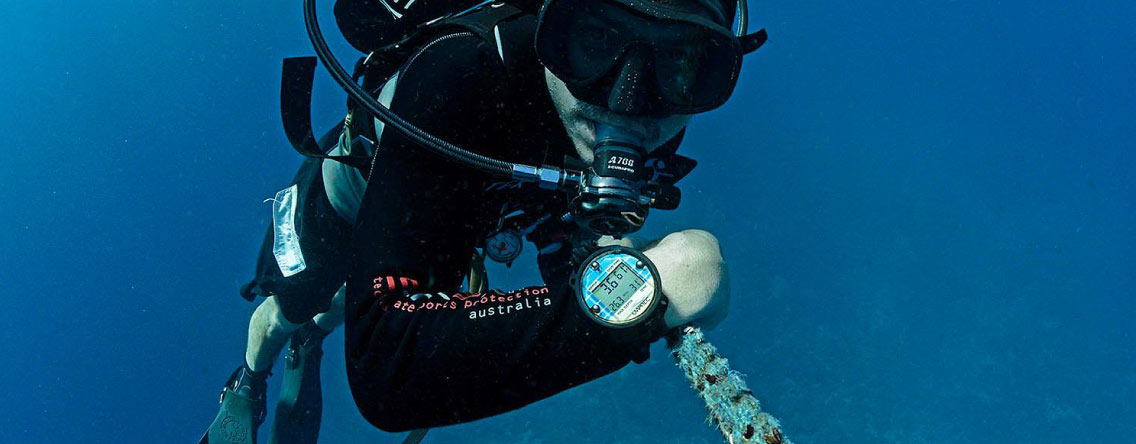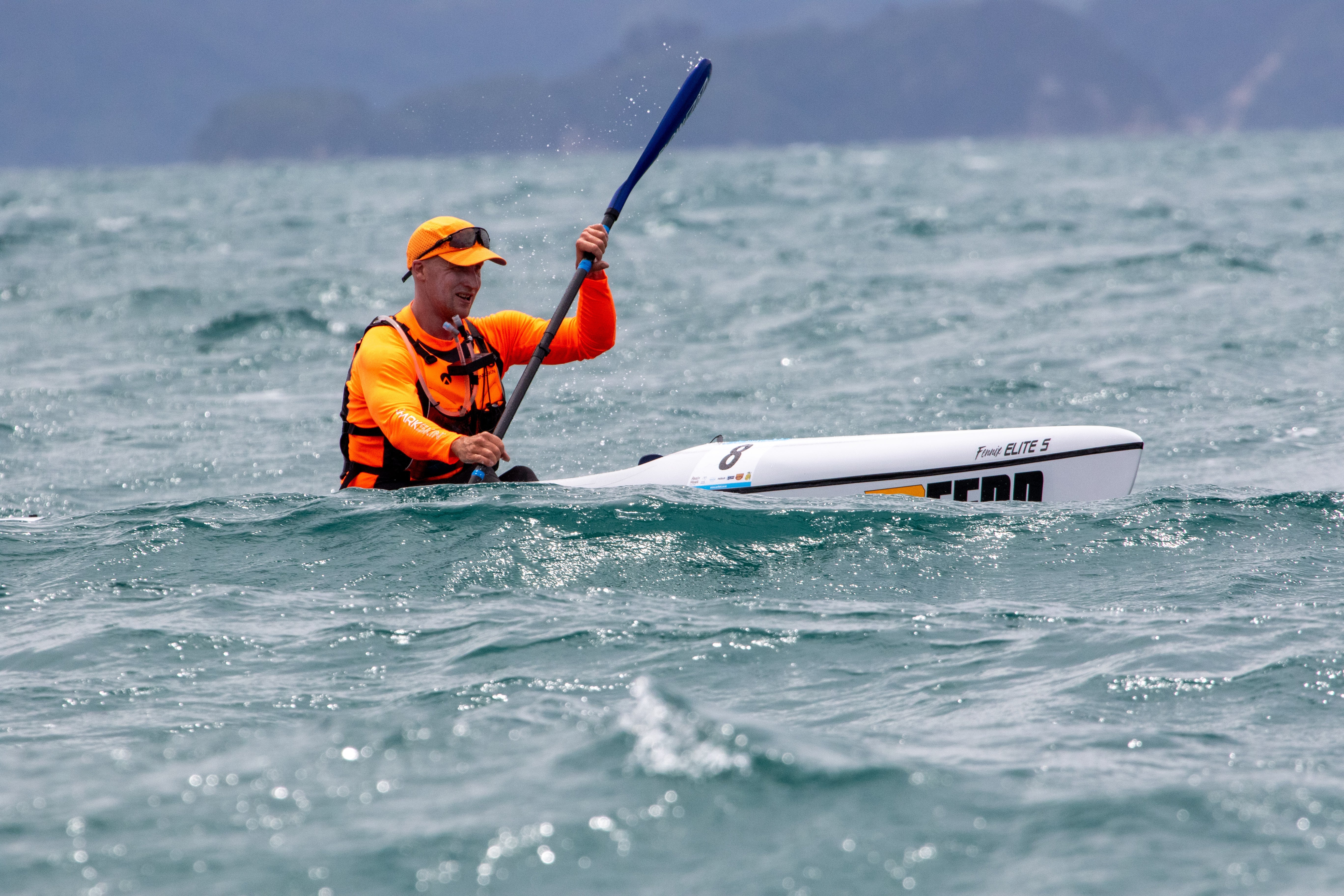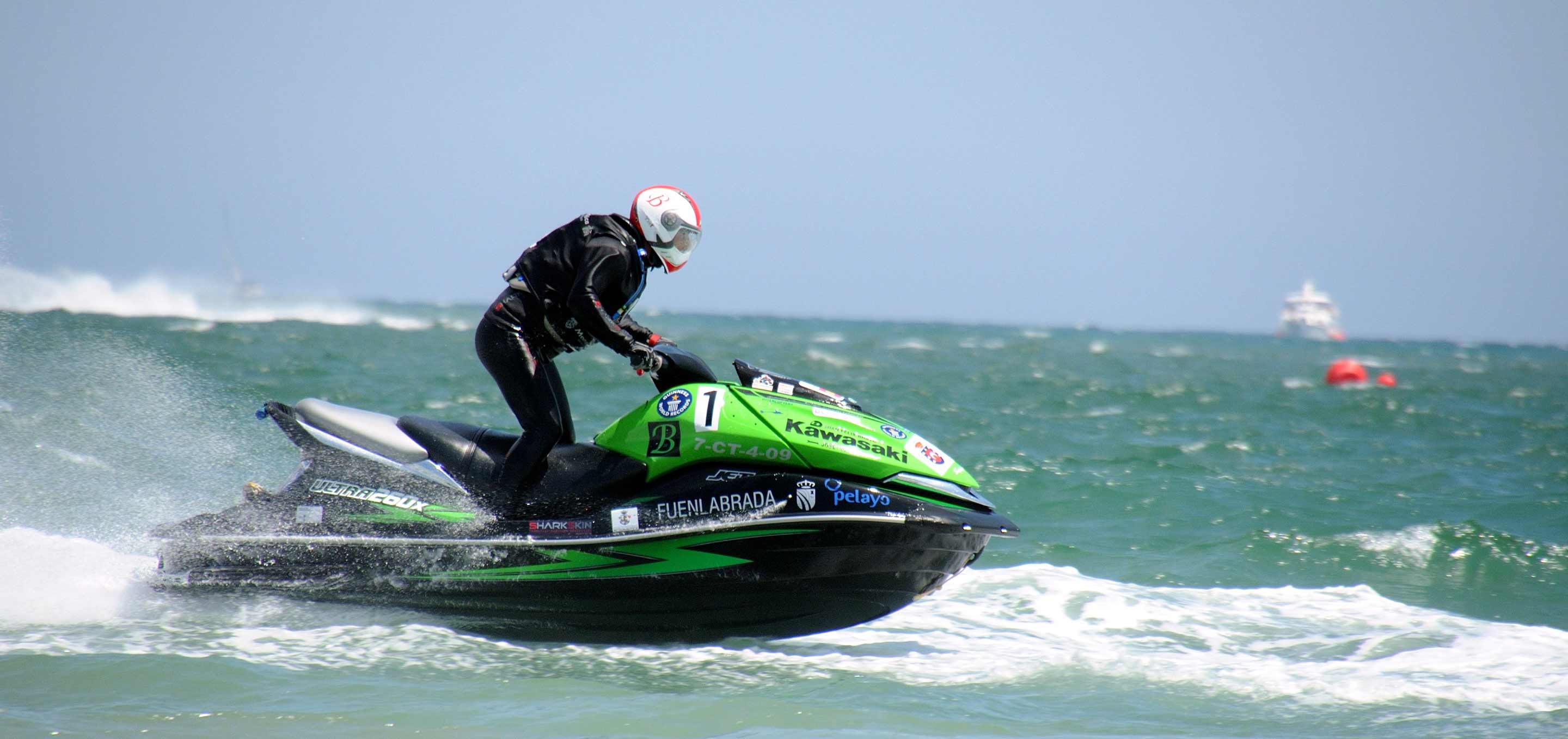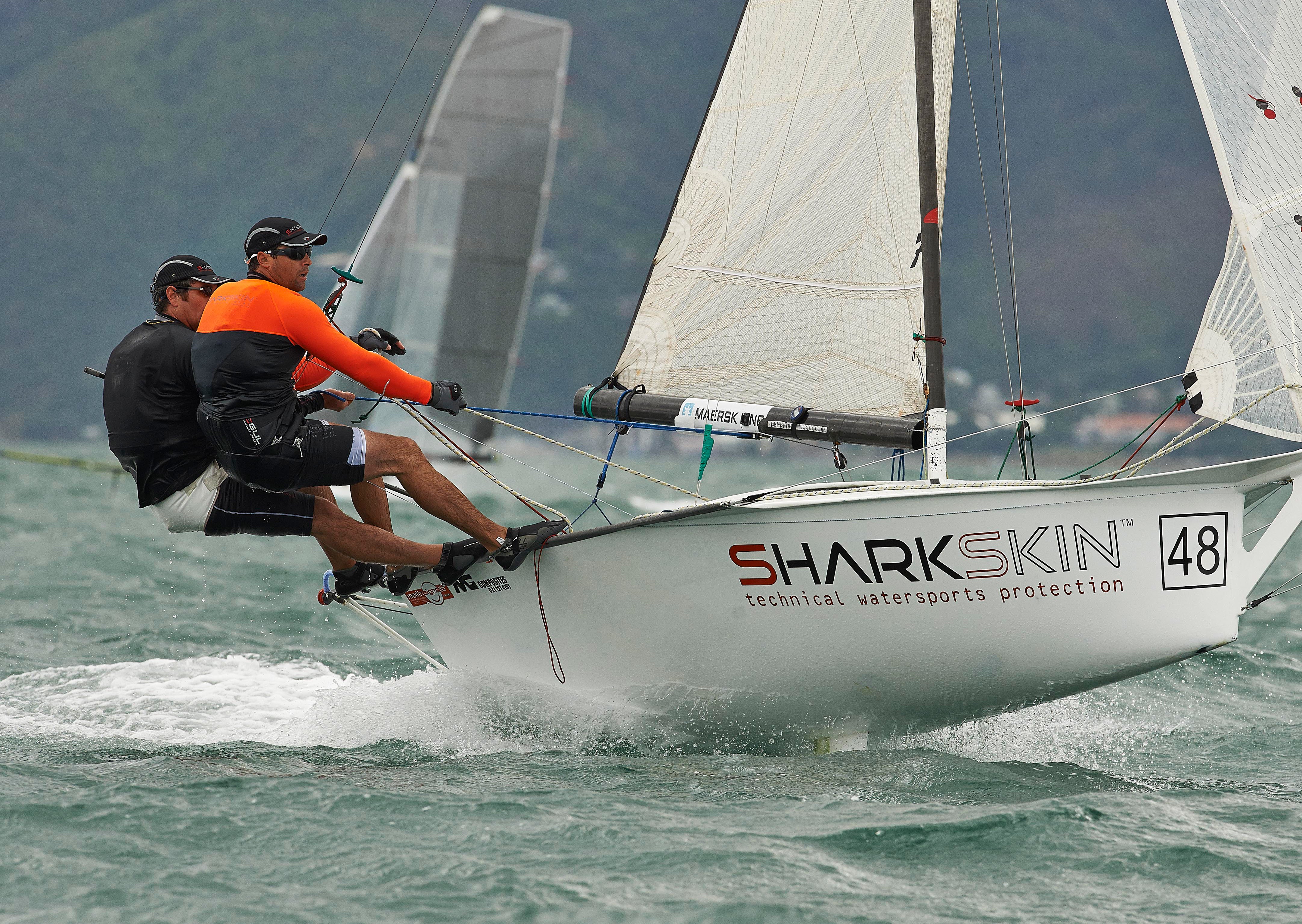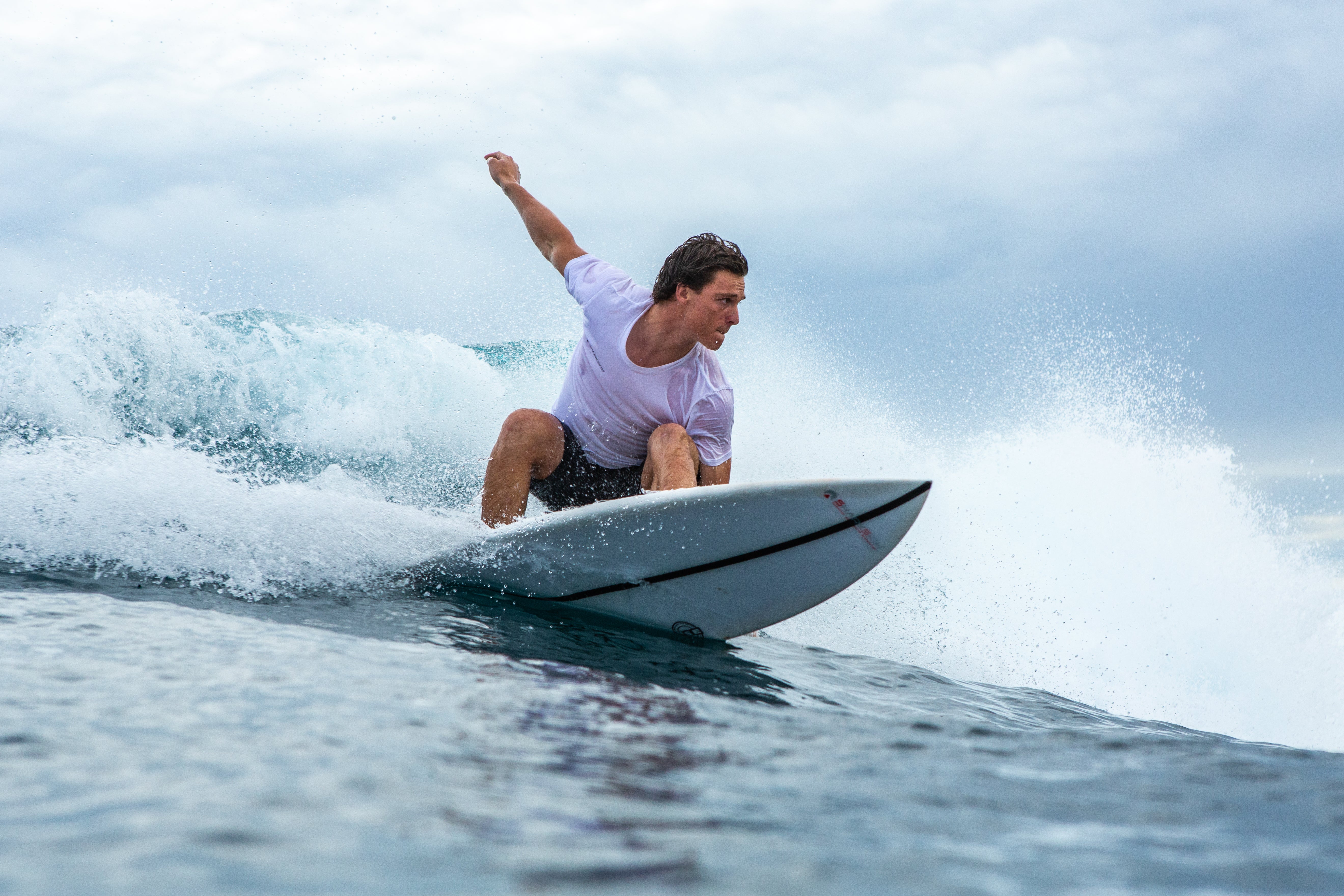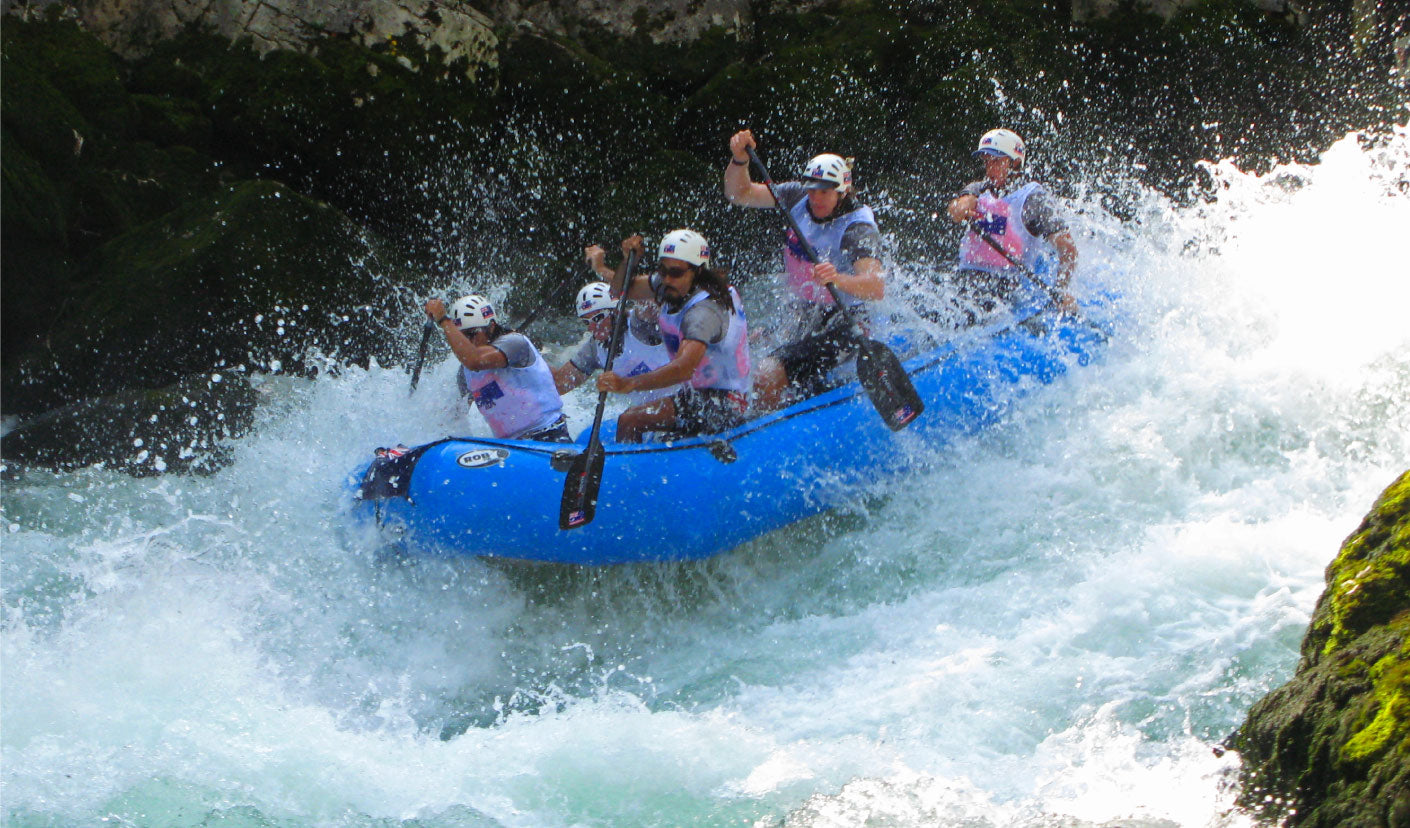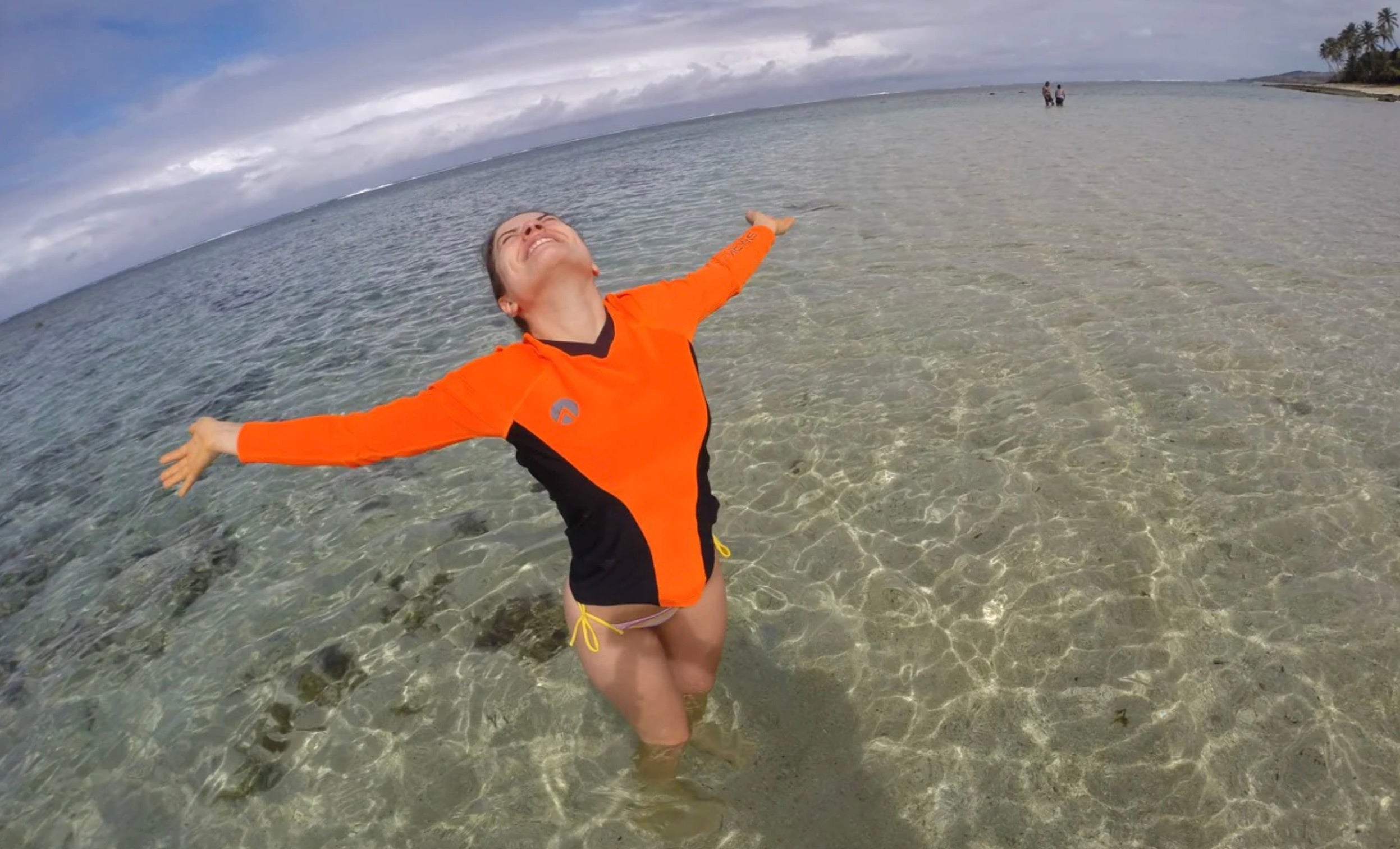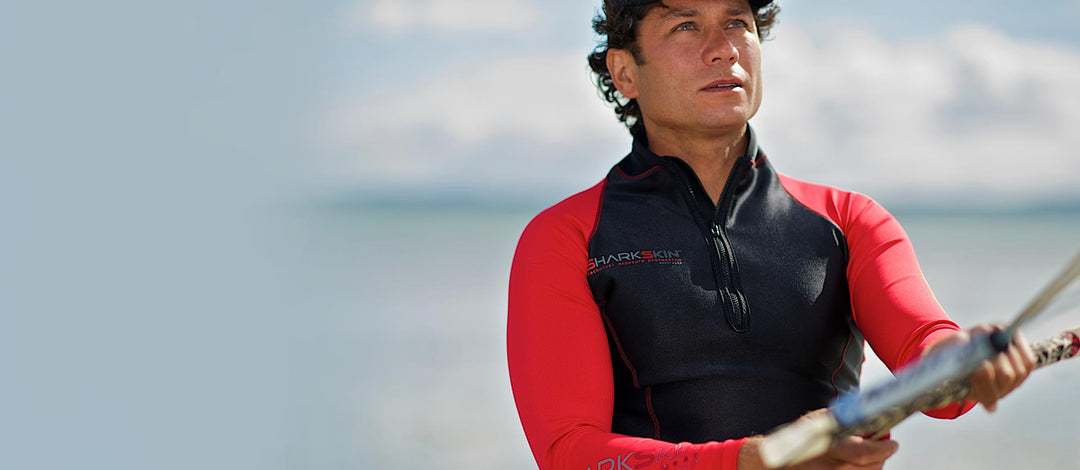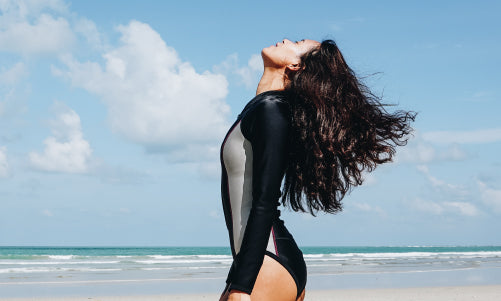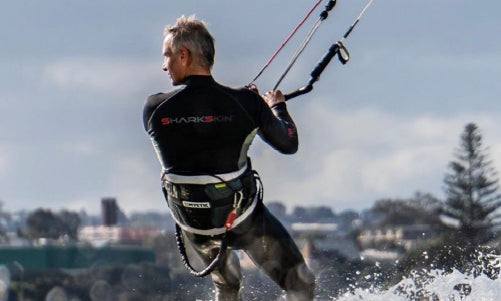Windsurfing vs Kiteboarding: Which One Is Right for You?
If you’re ready to dive into an adrenaline-pumping water sport, windsurfing and kiteboarding are two of the most thrilling options. Both sports harness the power of the wind for speed and tricks, yet they offer very different experiences. But how do you decide between kitesurfing or windsurfing? Which is easier to learn, and what’s the best fit for your fitness level and adventure goals?
The answer comes down to your skill level, environment, body type, and how steep a learning curve you're willing to tackle. In this guide, we’ll explore the pros, cons, and unique demands of each sport—so you can confidently choose the one that suits you best.
Understanding the Basics: What’s the Difference?
Windsurfing involves standing on a board with a sail attached to a fixed mast, steering by shifting your body and adjusting the sail’s angle. You rely heavily on upper body strength and balance to control speed and direction.
Kiteboarding (or kitesurfing) involves riding a board while being pulled by a large kite controlled via a harness and bar. It engages your body weight and core strength rather than your arms, and allows more lift and airtime—great for tricks and jumps.
Learning Curve: Which Is Easier to Learn?
Is Kiteboarding Harder Than Windsurfing?
Generally, kiteboarding has a steeper initial learning curve, especially in terms of handling the kite. Beginners often spend the first few sessions just learning to launch and land safely. However, once you’ve mastered kite control, the progression to riding is faster.
Windsurfers, on the other hand, may find the first steps easier—getting on the board and learning to balance are relatively straightforward. But advancing to manoeuvres like planing or turns takes longer and requires significant upper body strength and endurance.
In summary:
- Kitesurfing is harder at the start, easier to advance.
- Windsurfing is easier to pick up, slower to master.
Environment: Where Will You Ride?
Both sports can be enjoyed on oceans, lakes, or bays—but the ideal conditions vary.
- Flat water is perfect for windsurfing, especially for beginners who benefit from stable conditions.
- Kiteboarding thrives in open, windy areas with steady breeze and space for safe kite launching.
When choosing between the two, consider your local wind patterns, wave size, and launch areas. Tight beaches or busy waters may make kiteboarding more difficult to manage, especially for beginners.
Equipment Breakdown: What Do You Need?
Both sports require a fair amount of gear, but windsurfing equipment tends to be bulkier:
Windsurfing:
- Board with an attached sail
- Mast, boom, and rigging components
- Wetsuit and harness
- Vehicle roof rack or trailer for transport
Kiteboarding:
- Inflatable kite
- Control bar and harness
- Twin-tip board
- Pump and safety leash
- Smaller bag for easier travel
While both have several pieces of equipment, kiteboarding gear is often more compact and travel-friendly.
Which One Suits Your Skill Level and Style?
If you enjoy power-based sports, have strong arms and balance, and want a challenge you can progress slowly, windsurfing could be for you.
If you love flying, want to perform jumps and tricks, and prefer relying more on body weight than arm strength, learning to kitesurf might be a better fit.
Both fall under the banner of extreme sports—but with very different entry points.
Is One Safer Than the Other?
Both sports involve risk, especially when it comes to wind conditions. However, kiteboarding tends to have higher accident rates among beginners due to the power and unpredictability of the kite. With proper instruction and safety gear, both sports are manageable and rewarding.
Which One Burns More Energy?
Windsurfing requires continuous physical effort, especially in stronger winds. Kitesurfing, while demanding in its own way, is more about strategic movement and harnessing the wind efficiently. If you're after a full-body workout, both deliver—but in different ways.
Related Reading
Before choosing your water sport, take a look at these helpful reads:
- The Benefits of Water Sports
- Why UV Protection Matters in Water Sports
- The Science Behind Thermal Protection
- Layering Techniques for Cold Water Sports
Final Thoughts: Which One Is Right for You?
Choosing between windsurfing and kiteboarding comes down to what excites you most. Prefer a solid board beneath your feet and a more physical challenge? Windsurfing is your ride. Drawn to airtime, speed, and learning tricks in the sky? Give kiteboarding a go.
Whichever you choose, wearing the right thermal and UV-protective gear makes a huge difference—especially in Australian conditions.
At Sharkskin, we create high-performance gear for popular water sports like windsurfing, kiteboarding, and beyond. Whether you’re paddling, launching, or catching the wind, our range helps you stay warm, protected, and ready for your next adventure.




